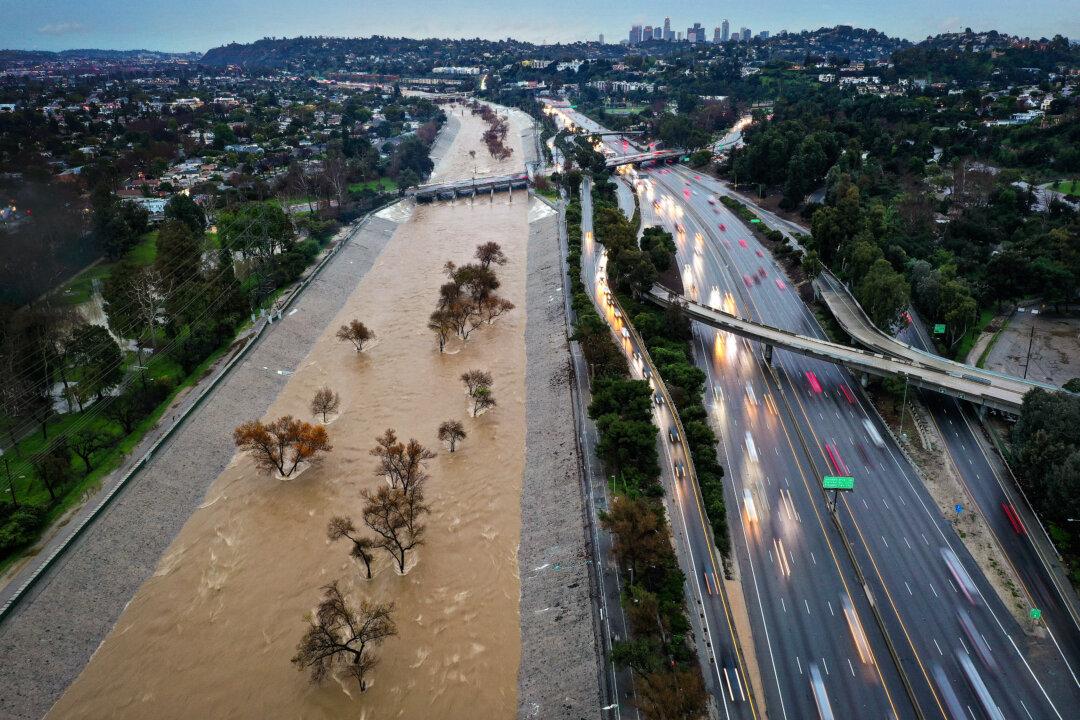A lack of infrastructure to capture stormwater in California leads to nearly 740 billion gallons washing out to sea every year, according to a newly released report.
Authored by the Pacific Institute, a nonprofit water think tank headquartered in Oakland, California, in collaboration with 2ndNature, a stormwater management software company based in Santa Cruz, the Feb. 29 report quantified the amount of stormwater runoff in urban areas nationwide.





